Caerphilly Castle, located in Caerphilly, Wales, is renowned for being the largest castle in Wales and the second largest in Britain, following Windsor Castle. Constructed between 1268 and 1271 by Gilbert de Clare, a prominent Norman noble, this medieval stronghold was commissioned by Henry III. Caerphilly Castle boasts a variety of fascinating features, including a leaning tower more pronounced than the famous Leaning Tower of Pisa.
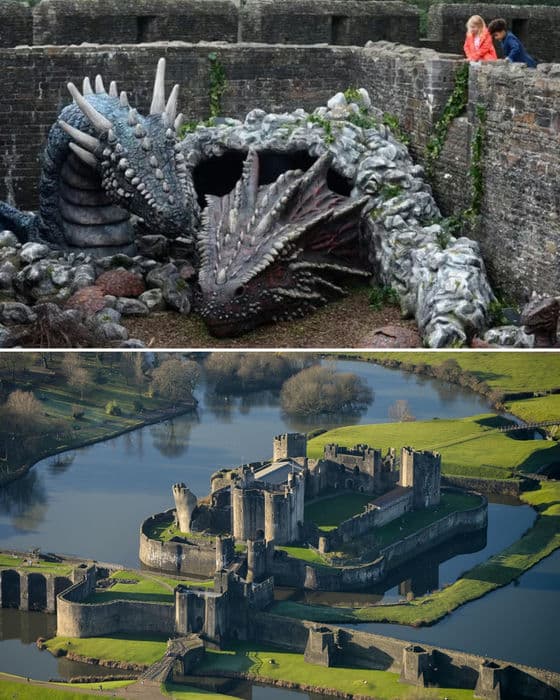
Key Attractions
- The Leaning Tower:
- Known as the “Welsh Tower of Pisa,” this tower leans approximately 10 degrees to the right, surpassing the 4-degree lean of the Leaning Tower of Pisa.
- The leaning is believed to be caused by ground subsidence related to the castle’s extensive water defenses.
- Restoration efforts have included the installation of a supporting statue of the 4th Marquis of Bute by sculptor John Merrill in 2013.
- The Concentric Design:
- Caerphilly Castle is notable for being the first concentric castle built from scratch in Britain. This design includes multiple layers of fortifications, providing formidable defenses against attackers.
- The castle’s elaborate water defenses and massive gatehouses underscore its strategic significance.
- The Great Hall:
- Fully restored, the Great Hall features impressive windows and serves as a venue for weddings and other events, offering a glimpse into medieval grandeur.
- Interactive Features:
- Visitors can explore towers, navigate a maze, and discover the dragon’s den, making the castle an engaging playground for historians and families alike.
- Scenic Surroundings:
- Situated in a basin surrounded by mountains, the castle’s location was strategically chosen for its natural water defenses, created by damming local streams to form a protective lake.
Historical Significance
Caerphilly Castle was built by Gilbert de Clare, also known as “Gilbert the Red” due to his red hair, to consolidate control over Glamorgan and thwart the ambitions of the Welsh Prince Llywelyn ap Gruffudd. Despite numerous attacks, including a notable assault by Llywelyn Bren in 1316, the castle’s defenses remained unbreached.
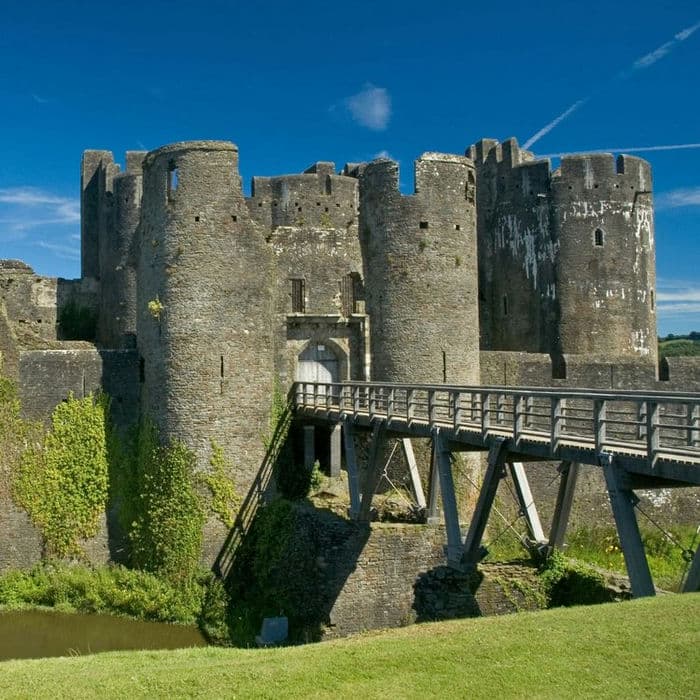
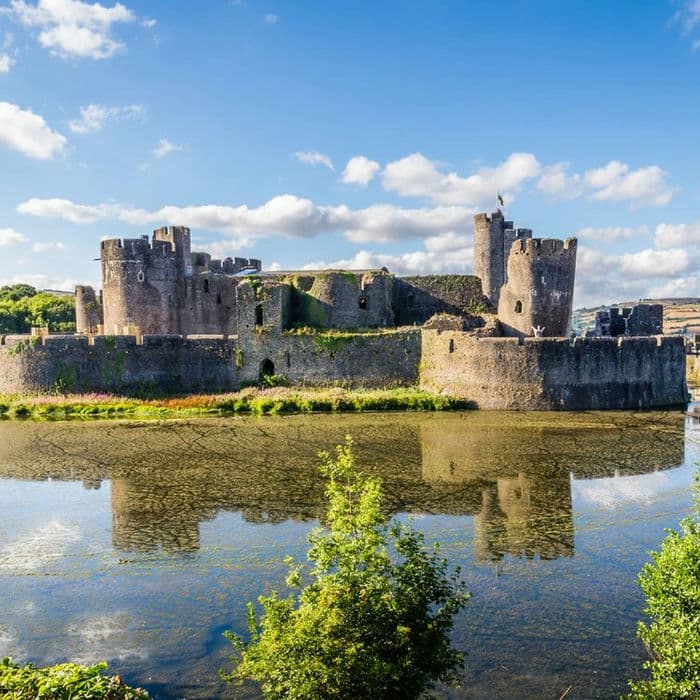
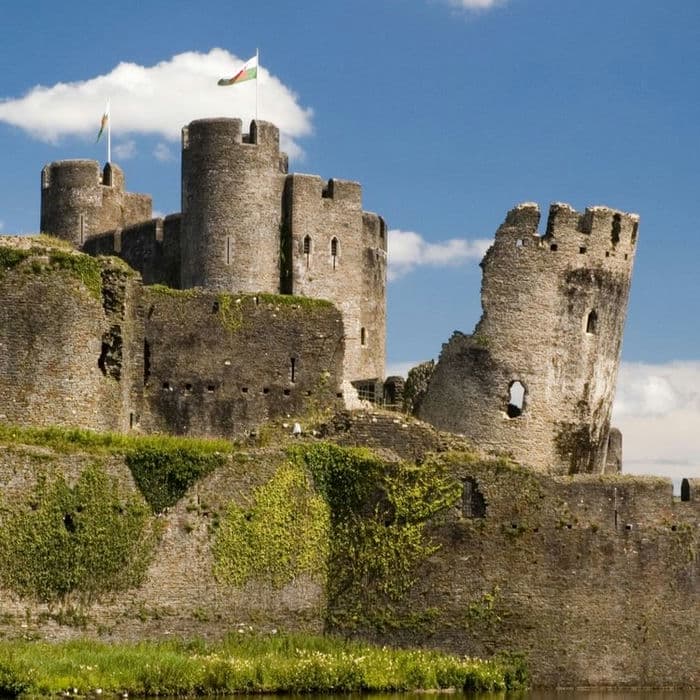
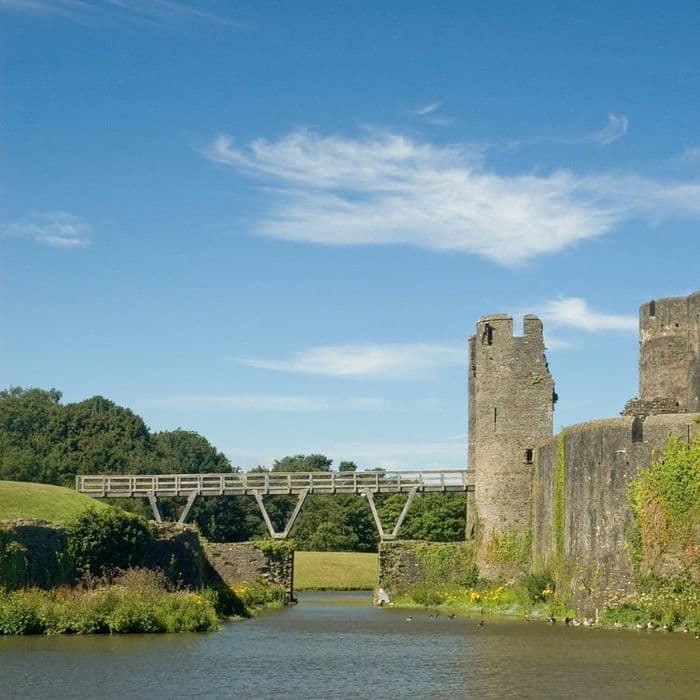
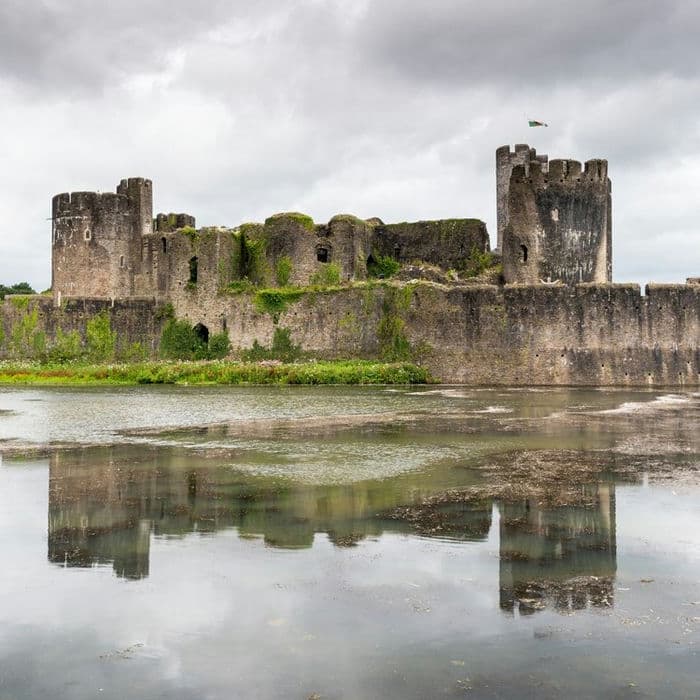
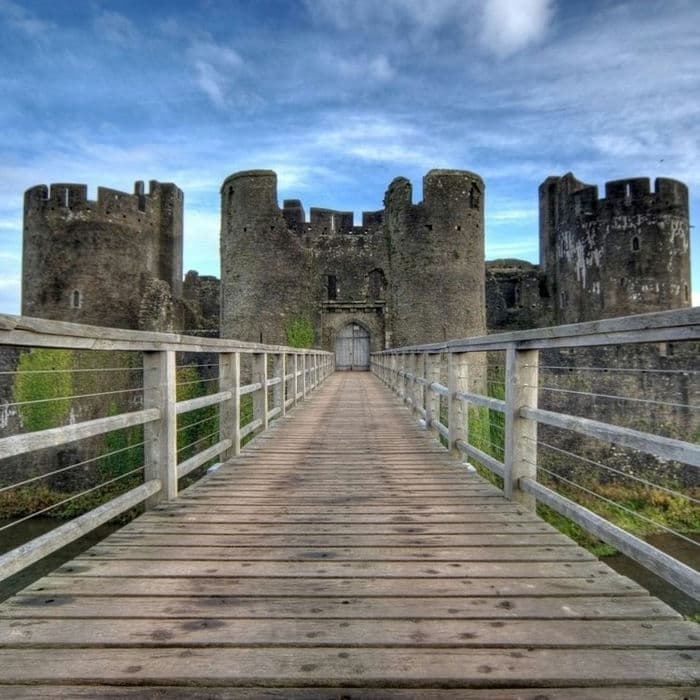
Restoration and Modern Use
In the late 18th century, the Marquess of Bute acquired the castle and initiated extensive restoration from 1928 onwards. This included dredging the moats, restoring towers and gatehouses, and reflooding the lake. Today, Caerphilly Castle is a well-preserved historical site open to the public, offering a mix of educational and recreational activities.
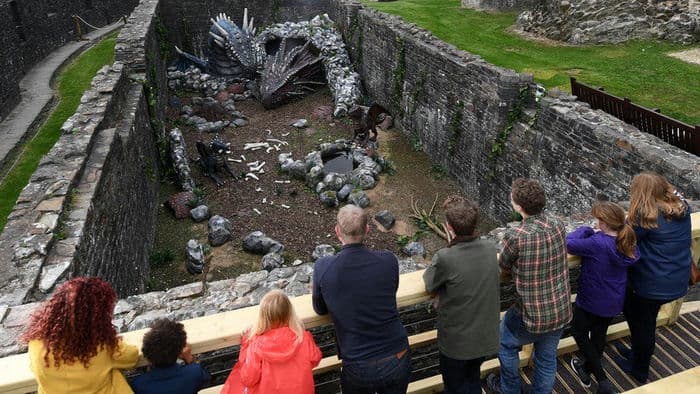

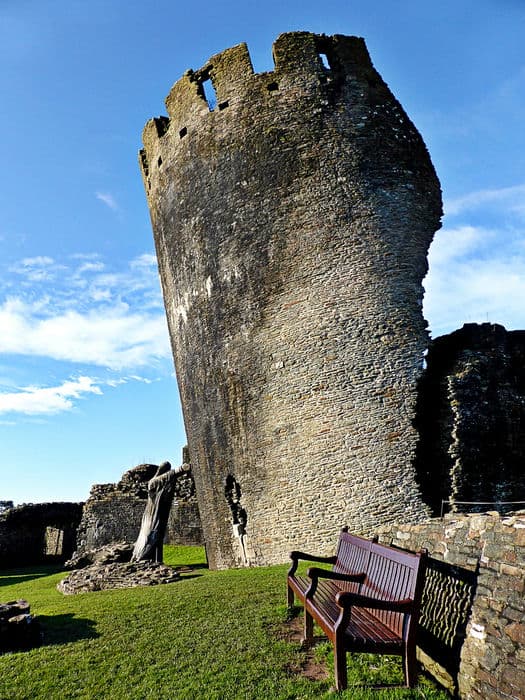
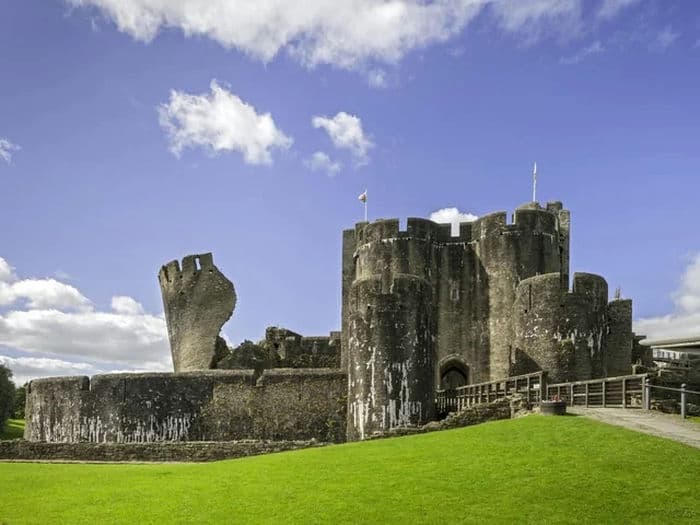
Visitor Information
Caerphilly Castle is open year-round with varying hours depending on the season:
- March 1 to June 30: Daily from 9:30 to 17:00
- July 1 to August 31: Daily from 9:30 to 18:00
- September 1 to October 31: Daily from 9:30 to 17:00
- November 1 to February 28: Monday to Saturday from 10:00 to 16:00
Address: Castle Street, Caerphilly, CF83 1JD.
Caerphilly Castle stands as a testament to medieval engineering and Norman power. Whether you’re drawn to its historical architecture, the fascinating lean of its tower, or the engaging activities it offers, Caerphilly Castle is a must-visit destination in Wales. Plan your visit to explore this remarkable fortress and immerse yourself in its rich history.
